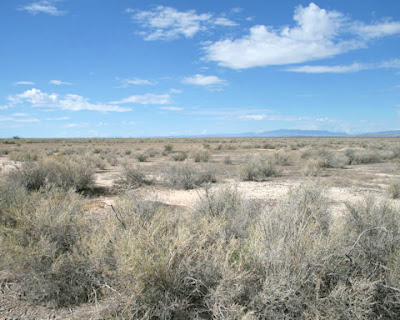Roland
and I just returned from a trip to Panama. It was intended only as a vacation,
but I am giving some consideration to writing a story about crossing the Isthmus
of Panama before the canal was built. If I do, I can use some of my photos as
examples of what people might have seen along the way.
One
route to California during the gold rush of the mid 1800s was via the Isthmus of
Panama. Gold seekers would board a ship at New York City or Boston or
Philadelphia or New Orleans and take it to a small port on the eastern cost of
Panama. From there, they would cross the forty miles between the Atlantic and
Pacific oceans by foot, mule, and canoe. When they reached Panama City, they
picked up a ship to San Francisco, completing their trip.
The
photo at the top of this post shows part of a mangrove forest. This particular
one was in Belize, but travelers would have seen a similar sight as they approached
Panama from the east.
Then
there is the wildlife. The following photos were taken in Costa Rica but their
subjects would likely have been seen in Panama as well. They show, in order, a bare-throated
tiger heron, a caiman (relative to alligators and crocodiles), an emerald
basilisk, and a howler monkey. The caiman and the emerald basilisk blend in
with their surroundings, so it may take a minute to see them.
The Panama trek would also have shared vegetation with other parts of Central America. These photos were taken in Roatan, Honduras. The first shows a chocolate tree, with the chocolate coming from the seeds inside the green pods, and the second is heliconia, prevalent throughout the tropics.
Once the travelers reached Panama City, they would have seen the streets of what is now the old town, as shown in the final photo.
So although my trip was purely for pleasure, I may have gotten some business out of it as well.




























